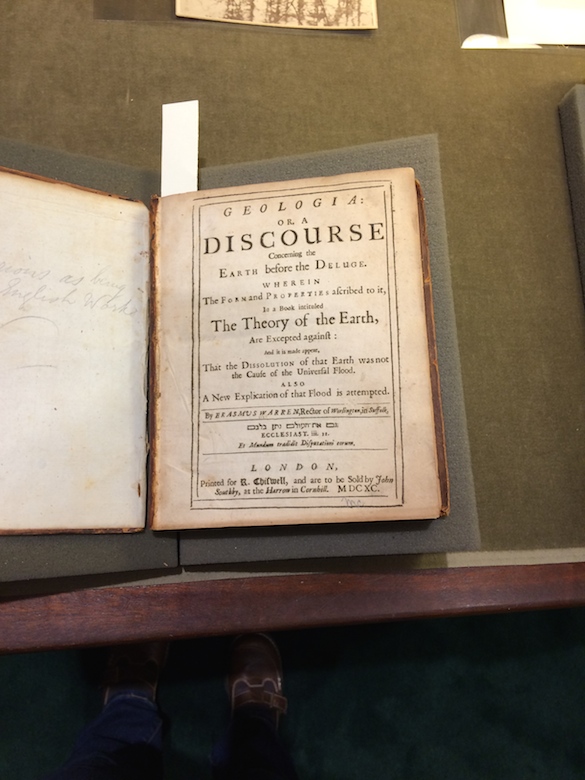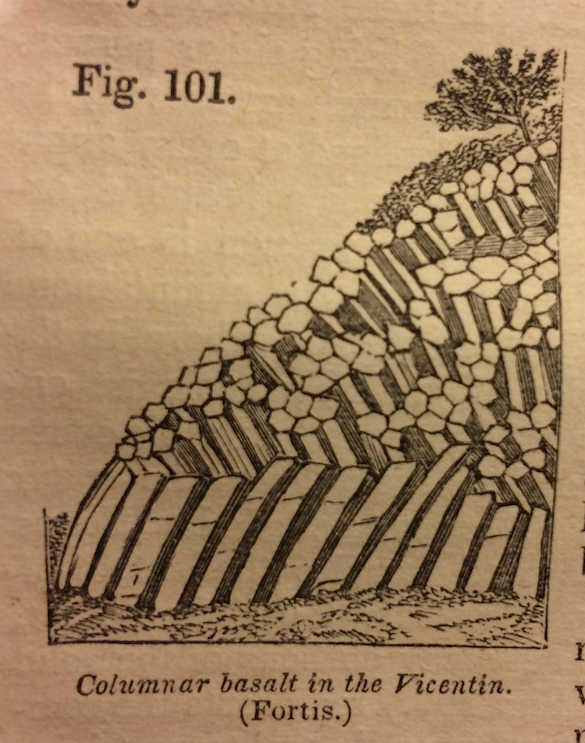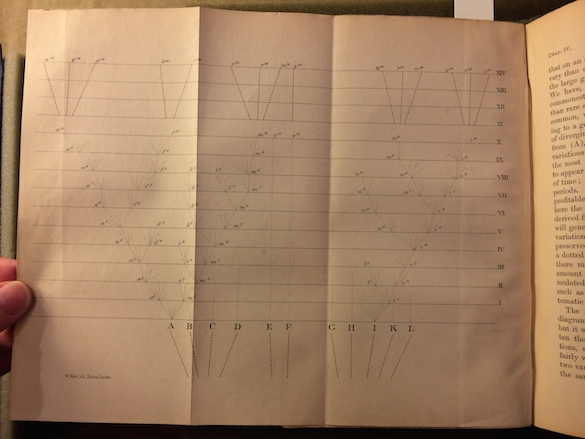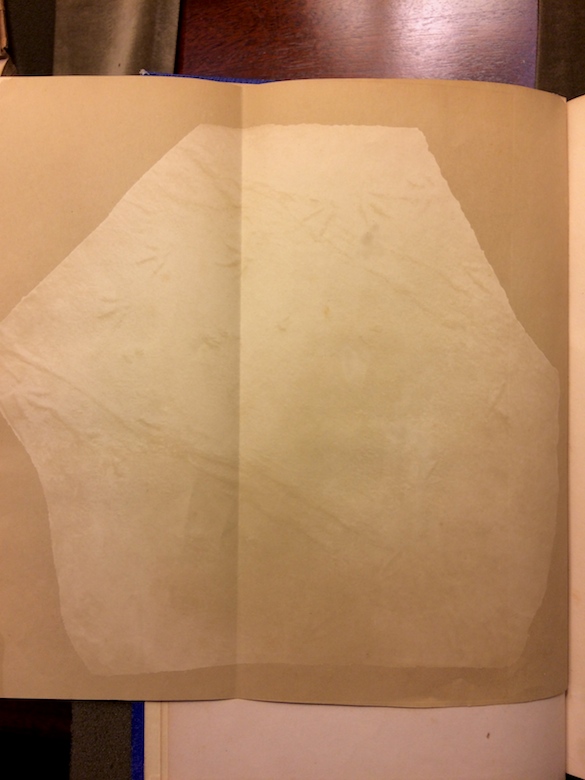Middletown, CT – The Wooster Geologists at the Keck Consortium were treated to a visit to the Davison Rare Book Room. The Special Collections Librarian set out an impressive array of historical texts with geological significance. We were even permitted to touch the books and turn the pages! Thank you to the Wesleyan Special Collections and Archives for sharing these treasures and allowing us to look through them and take photos.

The 1690 book “Geologia: or, a Discourse Concerning the Earth Before the Deluge” by Erasmus Warren represents an early use of the word ‘geology’ to describe the study of Earth. Photo credit: Courtesy of Wesleyan University, Special Collections & Archives.

Scottish Geologist James Hutton is considered the father of modern geology. In his 1795 two-volume work, “Theory of the Earth,” he argues that Earth is very old and Earth’s features are shaped by natural processes that have occurred over long time scales. Photo credit: Courtesy of Wesleyan University, Special Collections & Archives.

In the 1800s, Charles Lyell expanded on and popularized Hutton’s ideas. Lyell argued that Earth evolves through small changes that operate continuously over geologic time, a concept known as “uniformitarianism.” Uniformitarianism opposed the prevailing view of catastrophism, in which Earth evolved through a series of catastrophic events. Today, we understand that natural processes have changed the Earth gradually over long time scales, that natural processes can change the rate at which they operate, and that Earth’s history includes occasional catastrophic events. Lyell’s 1839 “Elements of Geology” is a textbook for early geology students. Photo credit: Courtesy of Wesleyan University, Special Collections & Archives.

This diagram at the front of Lyell’s “Elements of Geology” (1839) shows the relationship between the “four great classes of rocks: aqueous, volcanic, metamorphic, and plutonic.” Today, we combine volcanic and plutonic into the singular igneous category and aqueous rocks are classified as sedimentary. Photo credit: Courtesy of Wesleyan University, Special Collections & Archives.

Of course, my favorite illustration in the Lyell 1839 text is columnar jointed basalt. Photo credit: Courtesy of Wesleyan University, Special Collections & Archives.

Lyell’s concept of “uniformitarianism” strongly influenced Darwin, who read Lyell’s work aboard the Beagle. This is a first-edition of Charles Darwin’s famous 1859 work “On the Origin of Species by Means of Natural Selection.” Photo credit: Courtesy of Wesleyan University, Special Collections & Archives.

Darwin’s book contains personal inscription from the author to his German tutor. Photo credit: Courtesy of Wesleyan University, Special Collections & Archives.

This “tree of life” figure in Darwin’s “On the Origin of Species” (1859) is the only illustration in the entire text! Photo credit: Courtesy of Wesleyan University, Special Collections & Archives.

Although Darwin used figures sparingly, paleontologists have long been using images in their publications. This 1854 “Remarks on some Fossil Impressions in the Sandstone Rocks of Connecticut River” by John C. Warren is credited as the first book to use photographs as scientific illustrations. Photo credit: Courtesy of Wesleyan University, Special Collections & Archives.

The front cover of Warren’s 1854 book contains a salt print of dinosaur tracks. Salt prints were made by soaking the paper in a salt solution then coating one side with silver nitrate. This created light-sensitive paper that darkened in places exposed to light, producing images. Photo credit: Courtesy of Wesleyan University, Special Collections & Archives.



I love, love, love this post, Meagen! What a treat indeed. I especially like the Erasmus Warren, which I had not heard of before. Way cool! Thanks for sharing the experience.